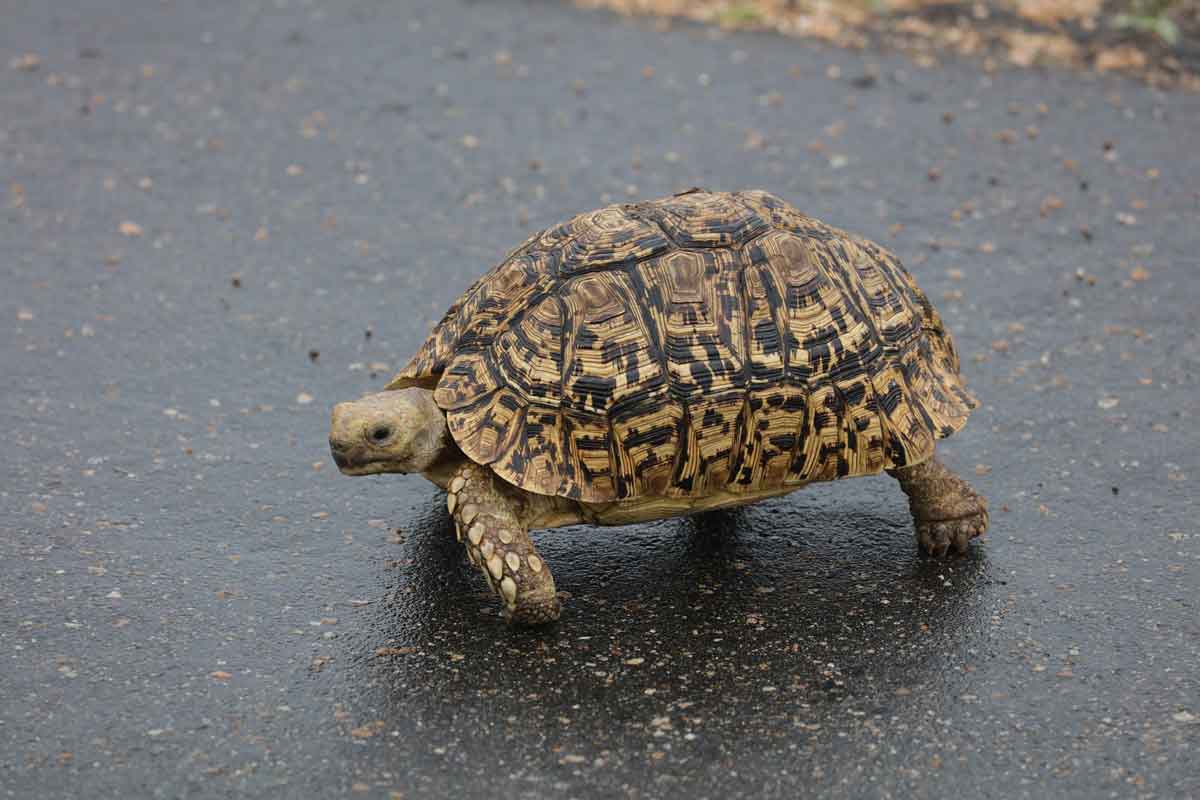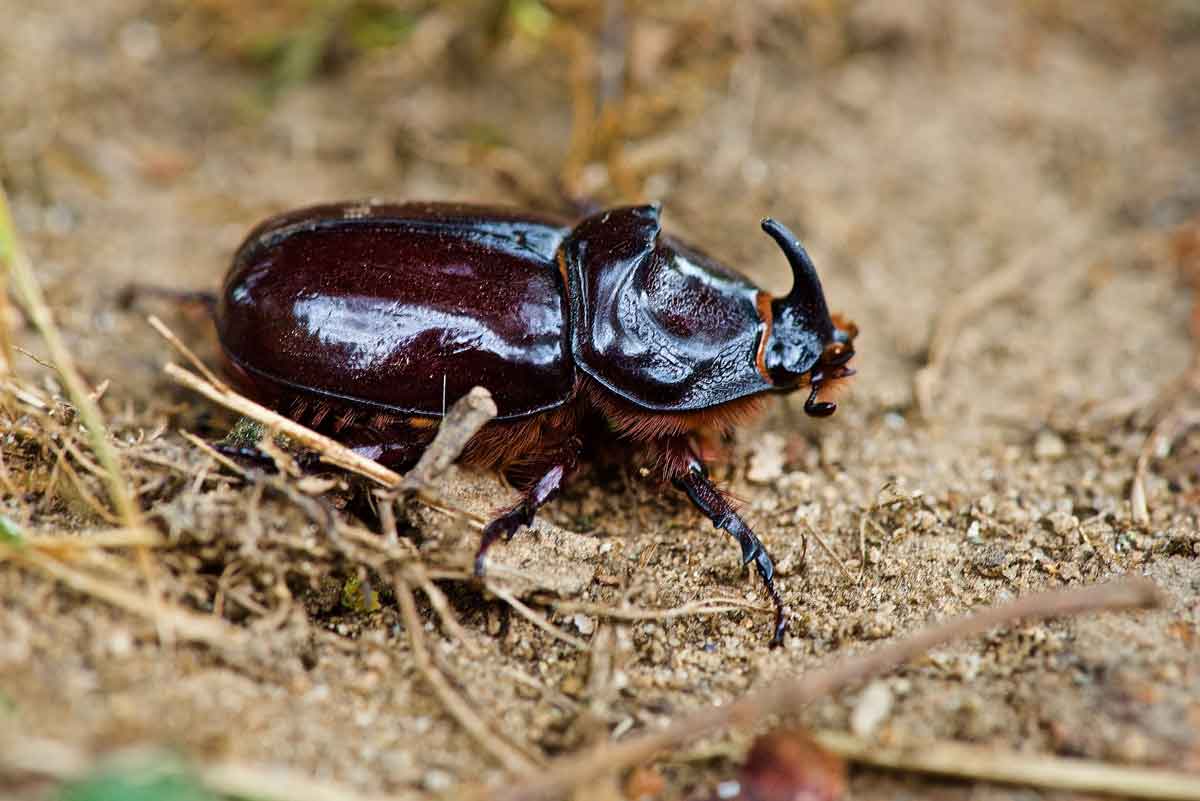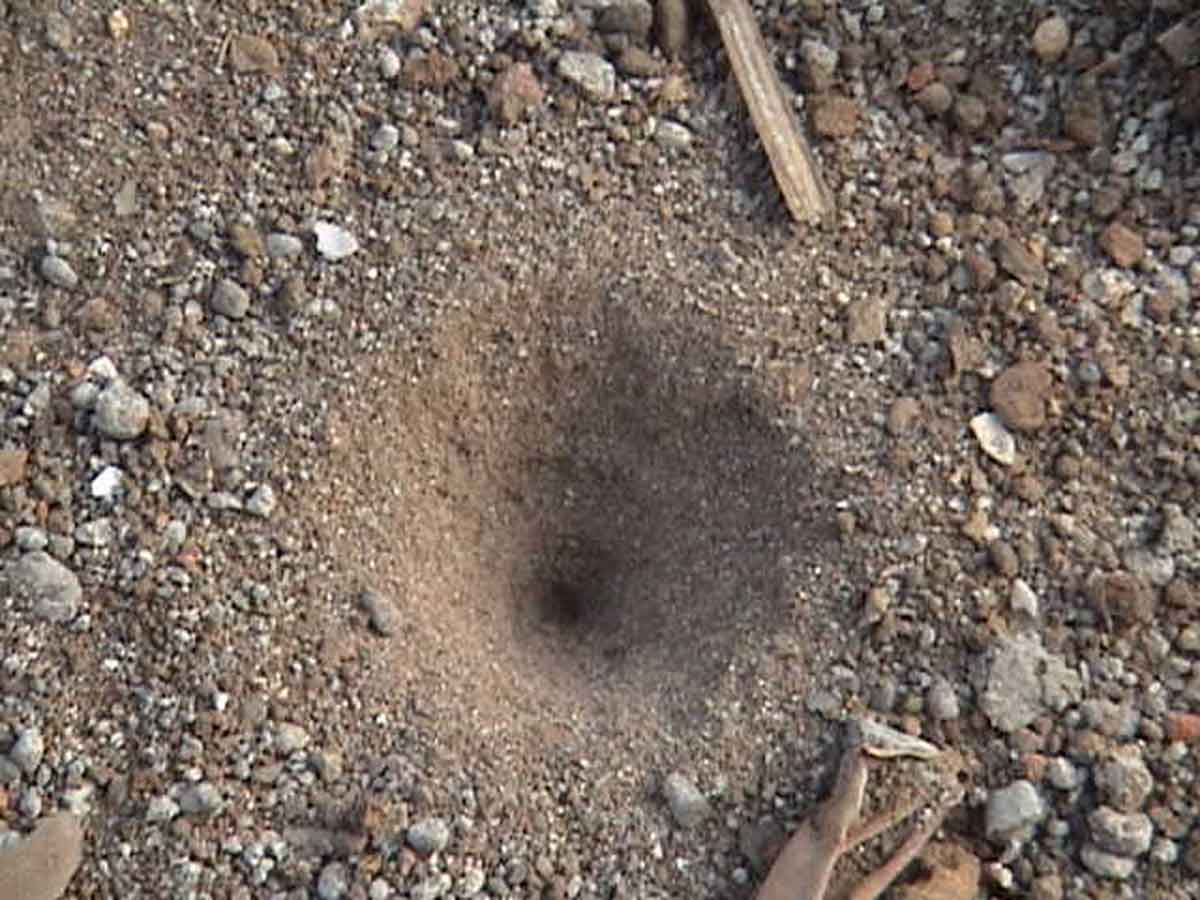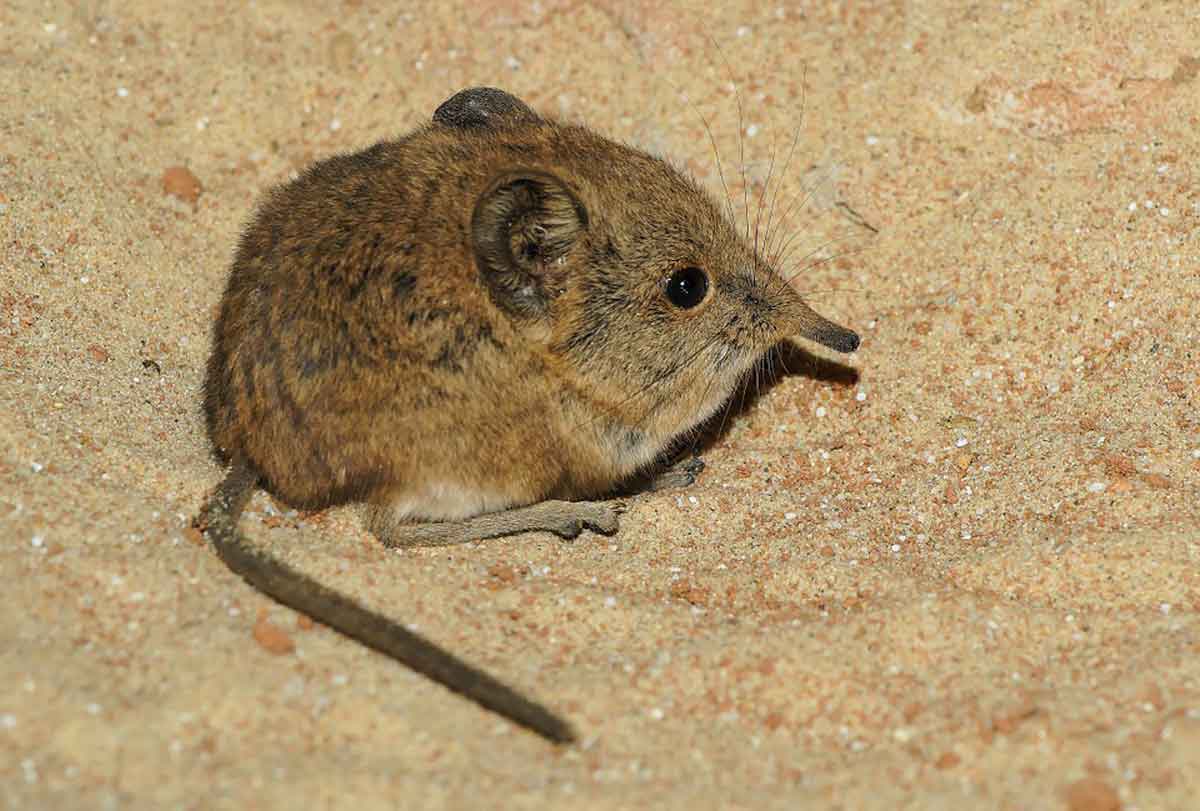It goes without saying that first-time safari goers to Africa head to wildlife rich destinations in search of the big 5. The big 5 are probably the most well-marketed group of animals in Africa, and there really is nothing better than coming across these giants while traversing unfettered savannah landscapes. The big cats, bovids and pachyderms that make up the famous big 5 have 5 tiny “cousins” with the same name. We refer to these as the Little 5 because of physical attributes resembling the big five. So, when you’re not tracking the big five we encourage you to try spot the little 5 on safari (you’ll need to first find out if each of these species is endemic to your chosen safari region).
Leopard Tortoise
The leopard tortoise is a commonly spotted species of tortoise, and is rather attractively marked. Leopard’s have exquisite rosette patterned markings on their tawny fur, and the leopard tortoise has similar markings on its shell. Native to southern and east Africa, this reptile enjoys a range of habitat, which includes sandy coastal regions to grasslands and arid scrub. They typically enjoy a bushveld environment with easy access to nutritious grasses and a variety of plants and succulents.
Like most hardy reptiles, the leopard tortoise is a solitary animal quite capable of enduring robust conditions. The single biggest threat to leopard tortoises is man, which is why these tortoises have reached “Vulnerable” status in certain bands of its natural range.
Unlike its big 5 cousin, the leopard tortoise enjoys a rather lengthy lifespan akin to that of a human – up to 100 yrs of age.

Rhino Beetle
The rhino beetle derives its name from the rhinoceros. This beetle has a massive horn-like protrusion on its face that looks just like a rhino’s horn. Only thing is, the rhino beetle is not critically endangered ! Belonging to the scarab beetle family, the rhino beetle is a small armoured beetle always ready for battle.
Beetles have two horns, one on the top of its head and the other set slightly backwards, but facing forwards. The horns are used to burrow into the ground to avoid predators, and males use their horns in battle to fight for mates. Rhino beetles are considered to possess one of the strongest head-weapons, just like its big 5 “cousin”.

Antlion
The ant lion really is one of nature’s most industrious little creatures, and is actually quite tricky to spot. You’ll need to spend plenty of time at ground-level in sandy areas. Antlions set traps in loose particles of sand and dig massive funnels that act as a trap – they lie in wait at the bottom. The antlion’s quarry cannot escape the lair because the sand particles are so fine and crumbly. In actual fact, the antlion is just a predatory young larvae from roughly 2000 species of myrmeleontidae.
So why is the antlion named after the lion? They eat the lion’s share of ants and are considered lion like in their ruthless hunting techniques.
Interestingly enough, antlions are called doodlebugs because of the doodles they make in the sand – sort of deep grooves in the sand, winding their way towards an obvious trap area.

Elephant Shrew
The absolutely adorable elephant shrew is an insectivorous mammal endemic to Africa. These tiny, camouflaged shrews are quite shy – you’re lucky if you spot one ! The elephant shrew hops and bounces from rocks to rocks, using its skinny and nimble legs to leap about. The shrew has a very long and flexible nose, resembling that of an elephant’s trunk. Its nose has a similar dexterity to that of the elephant’s trunk, and uses it to sniff out prey. Shrews also like to snack on fruits, seeds and vegetation; and stash food in their elastic cheek pouches.
The most widespread of species is the four-toed elephant shrew – this is probably the species that you’ll most likely find in southern and east Africa.

Red-billed Buffalo Weaver
The primary habitat of the red-billed buffalo weaver is the African savannah. This bird feeds on seeds, fruit and insects; following a typical diet of any passerines. It’s a fairly large black bird with a red bill and is a commonly spotted bird. These birds aren’t named after the buffalo because of their dark colouring, but rather because they tend to follow herds of buffalo in the hopes of finding insects that have fallen off the buff’s hide.
Do look out for the little 5 on safari, they truly are a special group of animals !


